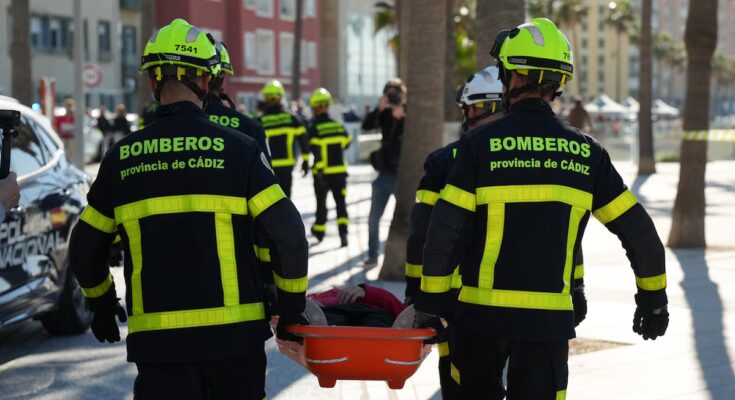This Thursday 20 November, at 10.14am, a tsunami simulation took place in Cadiz, considered the largest exercise of this type carried out so far in Spain. It was activated with the massive sending of the ES-Alert message to all cell phones located on the coast, between Sanlúcar de Barrameda and San Roque.
The advisor to the Presidency of the Junta de Andalucía and director of the operation, Antonio Sanz, was responsible for giving the order to send this message. It did so after simulating the arrival of an alert from the National Geographic Institute on the existence of a tsunami risk after an earthquake similar to the one that occurred in Lisbon in 1755.
The audible alarm was accompanied by a text which underlined that it was only an exercise and that nothing should be done, unless the person was in the areas where the exercise was carried out: schools in the historic center of Cadiz, educational centers in Rota, public buildings of the City Council, the City Council and the Provincial Council of Cadiz, port companies, locations within the Free Trade Zone, several hotels and a center for the elderly in the capital of Cadiz.
In these chosen places, a horizontal evacuation began, towards non-flood areas, and another vertical one, towards heights starting from the fourth floor, where it is believed that the water would not reach in the event of a tsunami. The exercise aimed to save the entire population of the affected area in a period of no more than one hour, which is the estimated time from sending the ES-Alert message until the first wave arrives on the coast.
The exercise, which mobilized 20,000 people, also includes the preparation of the Cadiz Museum to host works of art and archaeological finds; a rescue exercise on the beach of Santa María del Mar; the study of collapsed buildings in the Free Zone; and various types of evacuations and rescues at the El Puerto de Santa María pier.



